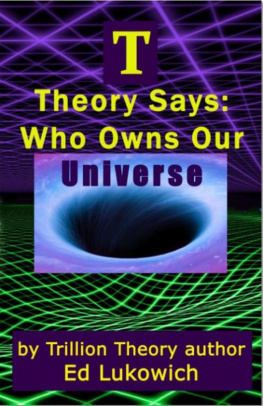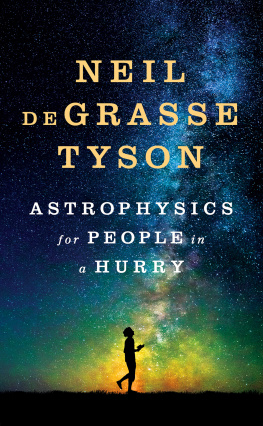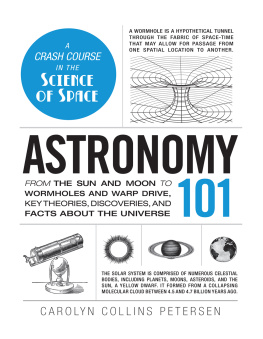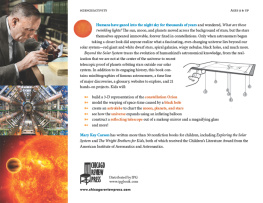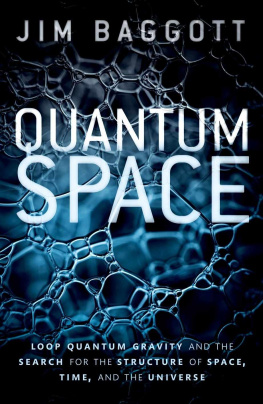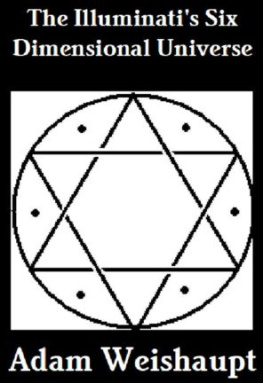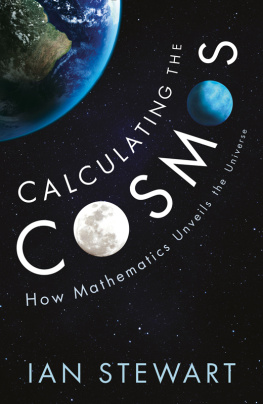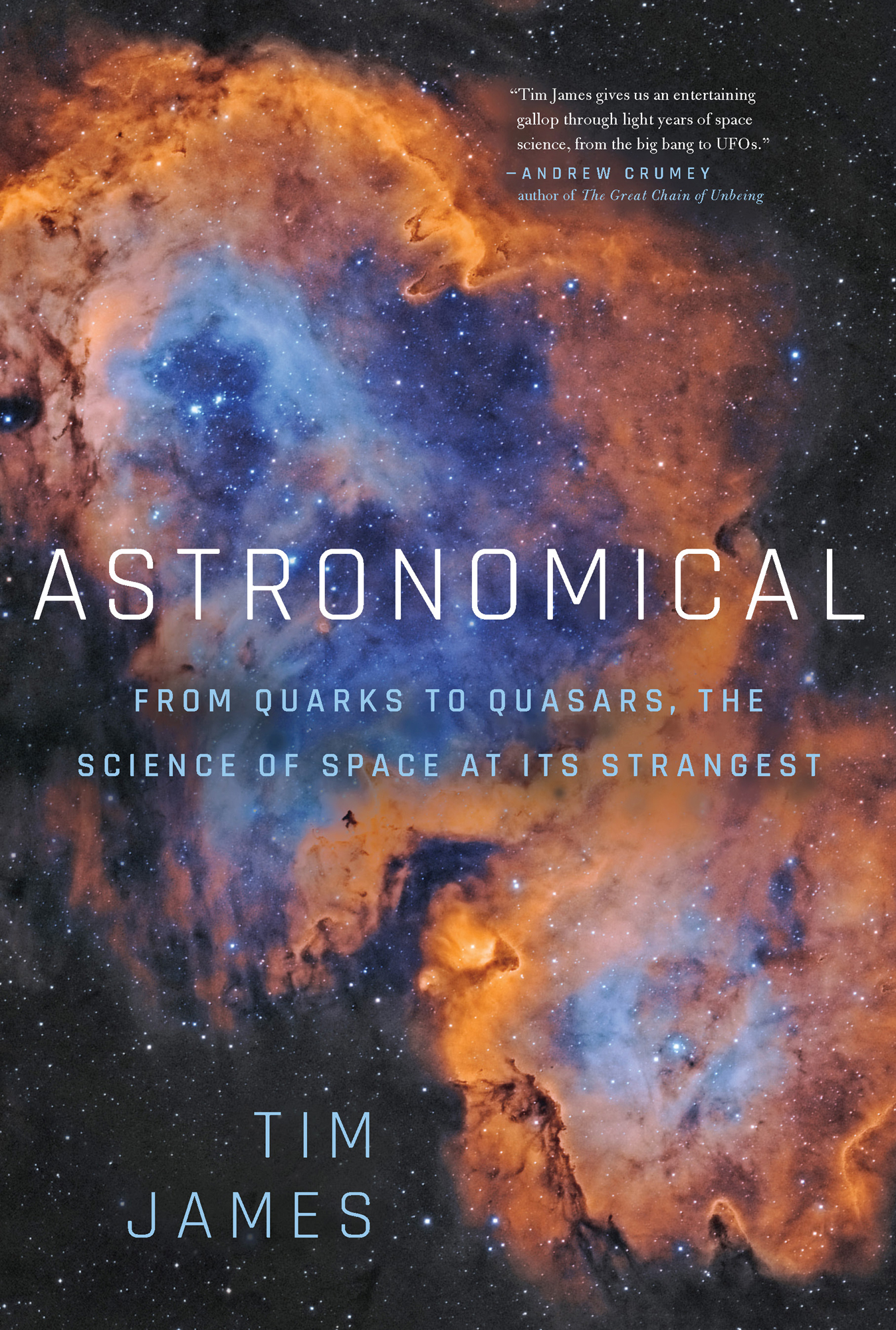Contents
Guide
Tim James gives us an entertaining gallop through light years of space science, from the big bang to UFOs.
Andrew Crumey
author of The Great Chain of Unbeing
Astronomical
From Quarks to Quasars, the Science of Space at Its Strangest
Tim James
Also by Tim James
Elemental
Fundamental
For Bree
Equipped with his five senses, man explores the universe around him and calls the adventure Science.
Edwin Hubble
INTRODUCTION In This Day and Age?

In 2016 the American rapper B.o.B. (real name Bobby Ray Simmons Jr) announced to the world via Twitter that he was a Flat Earther.
While some ancient cultures believed Earth to be flat, the modern version of the Flat Earth movement was kick-started in 1838 when the English writer Samuel Rowbotham conducted an experiment to measure water levels along the Old Bedford River in Cambridgeshire. Rowbotham found that the water did not curve as much as he thought it should and thus declared Earth to be a disc rather than a globe. Naturally.
Rowbotham was, in all fairness, a skilled public speaker who could humorously outwit people who challenged his claims but soon his experiment was repeated by the scientist Alfred Russell Wallace, who took things like refraction into account and calculated that the Earth was round after all.
A century and a half later, when B.o.B. started publicising these Victorian Flat Earth arguments, he had an advantage over Rowbotham: widespread fame and uncensored media coverage, without his theory being peer reviewed first. Within months of his declaration, other celebrities rallied to his cause and Flat Earth culture grew from an obscure fringe movement to a significant minority. So convincing are some Flat Earth arguments, in fact, that according to a 2018 YouGov poll 6.5 million Americans now believe Earth is not a globe.
That figure might seem alarming but it shouldnt come as a surprise. Flat Earth arguments today have to come with an element of conspiracy (in order to account for satellite images) and who doesnt love a good conspiracy? Not only are conspiracy theories exciting and easy to understand, they make us feel smart for having seen a truth we arent supposed to.
Mind you, I have never understood why the Illuminati would invent such a peculiar cover-up (not to mention how they persuade all the independent space agencies, airlines, pilots, GPS companies, navy personnel, mobile-phone industries, teachers, amateur astronomers and children with telescopes to go along with it), but thats beside the point. Conspiracy theories are fun and usually have exciting YouTube videos with spooky background music to support their claims.
I admit it can be frustrating as a science educator to deal with these Flat Earth arguments because we covered them during the Renaissance, but I also believe that when people have questions they should be allowed to ask them without ridicule.
In fact, the Flat Earthers Ive engaged with have usually been erudite, sensible people and not the cousin-marrying yokels they are portrayed to be. They promote values such as scepticism and experimental evidence, which are, after all, true scientific values.
Obviously there are countless proofs that the Earth is round (see Appendix I for a few) but what interests me most about the Flat Earth movement is that all their arguments rely on the same approach. They point out an observation that does not seem to fit the globe theory, e.g. a star that doesnt move the way it should or a building that shouldnt be visible from a certain point, etc. and then ask: how does a round Earth explain that?
Some of the questions Flat Earthers ask are honestly quite reasonable, but the problem scientists face is that the answers are often so counterintuitive they can be hard to believe. Human brains are wired to handle straightforward things so when we come face to face with the Universe as it actually is, it can look well wrong.
Studying how things behave in space (astrophysics) or how the Universe evolves (cosmology) brings us face to face with scenarios so unusual they become downright disturbing. By definition of being everything ever, the Universe is the strangest collection of things imaginable and, even when we know the facts, comprehending them is beyond our teeny mortal minds.
A Flat Earth view is simple and agreeable, but just because something appears obvious doesnt mean its correct. In fact, in science the opposite is usually true. You only have to flick through a book of optical illusions to be reminded of how easily our simple everyday senses can be misled.
We live in a comfortable atmosphere governed by easily digestible laws of physics, but travel upward in a straight line and before you even reach an altitude of 10 kilometres (6.2 miles) the conditions become so different, so alien and so strange that your body literally starts to die. We arent built to cope with the rest of the Universe so its no surprise that when we look outwards, we find a cosmos peppered with weirdness and wonder.
Flat Earthers enjoy a manageable, safe view of reality but in order to learn about space properly we have to let go of instincts, intuitions and simple explanations. Those things are not required on a journey such as this. This is science at its absolute strangest.
PART I OUR FREAKY UNIVERSE

CHAPTER ONE Very Big, Very Old, Very Weird

The Astronomical Frontier
Any writer who tries to describe the magnitude of space is going to run into difficulty. The numbers involved are so extreme that some would say its pointless to even try. But what kind of space book doesnt at least give it a go, eh?
First though, we need to appreciate the numbers involved in space physics. We throw words like million and billion around casually when we mean lots but those numbers are actually very different. One million seconds is eleven and a half days for instance, whereas 1 billion seconds is thirty-one years (1 trillion seconds, if youre curious, is thirty-two millennia). Keep that comparison in mind while we try to wrap our heads around whats to come.
Well begin by grappling with the fact that Earth is 150 million kilometres (93 million miles) from the Sun. Lets say you decided to fly towards the Sun in the worlds fastest manned airplane, the Lockheed SR-71 Blackbird, which travels at roughly 1 kilometre (0.6 mile) per second. At that speed you could make the flight from London to San Francisco in two and a half hours.
Now imagine setting off for the Sun in that Lockheed on your eleventh birthday. Travelling at a constant speed without slowing for a second, you would be finishing secondary school by the time you reached your destination and thats only the distance in a straight line.
The Earth is currently ripping its way around the Sun thirty times faster than your Lockheed so, to get a sense of this, think back to what you were doing at this time yesterday. Whatever you were up to, you were doing it 2.5 million kilometres (1.6 million miles) away from where you are now. Youre travelling fifty times faster than a bullet, fast enough to climb Mount Everest three times a second, and even at such a tremendous speed it still takes a whole year to make one orbit of the Sun.




